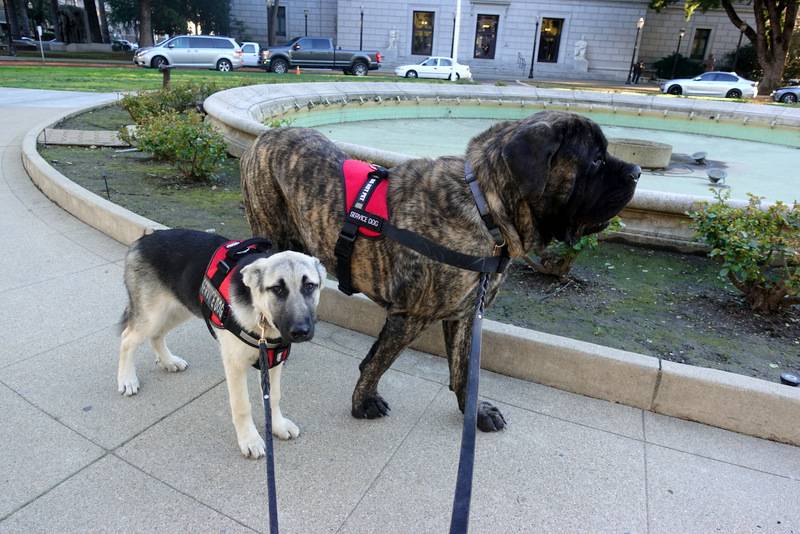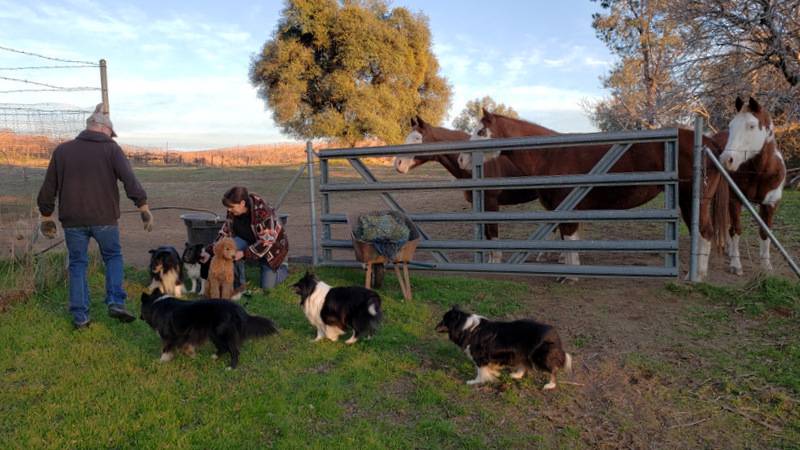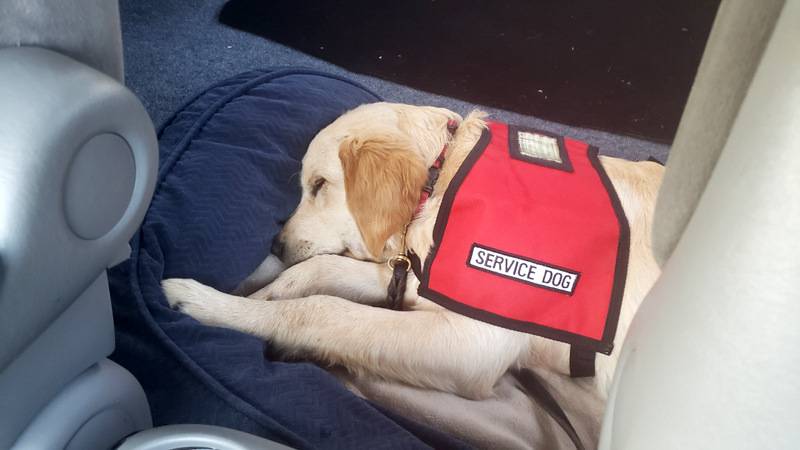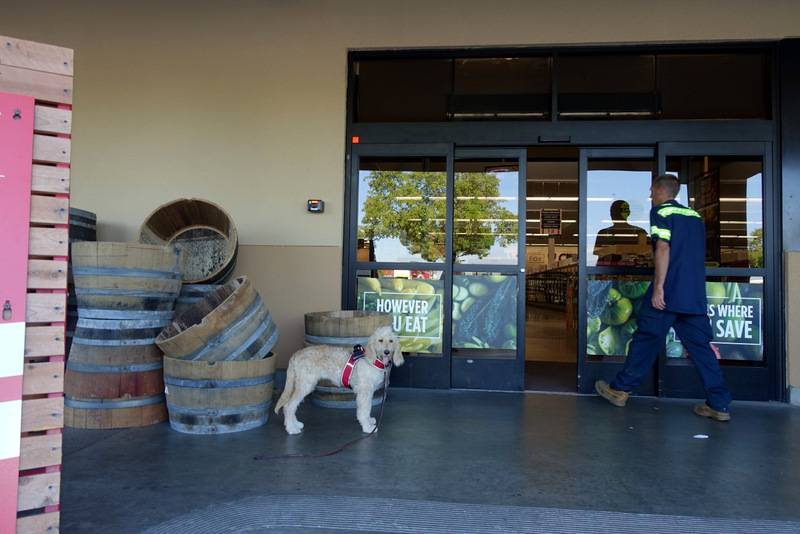The Different Types of Service Dogs and What They Do: A Guide
The Different Types of Service Dogs and What They Do: A Guide
Different service dogs can bring great changes into your life. Learn more about the different types of service dogs and what they do.
For eons, dogs accompanied us as faithful and stalwart companions. They’re not simply pets as many dogs are trained to help us get through various hurdles. You can see this in the form of service dogs aiding those with disabilities.
In fact, there are about 500,000 service dogs active in helping people. The Americans with Disabilities Act has set this to legislation. This is to ensure that the dogs provide the aid needed by their handlers.
They all have different jobs and different specializations. Let’s look at the different types of service dogs in active duty today:
1. Guide Dogs
While there are different types of service dogs, the most common is the guide dog. These dogs receive training aimed at leading visually-impaired and blind people around obstacles.
When it comes to the breed, Labrador Retrievers and Golden Retrievers tend to be the perfect candidate for this particular role. That said, other breeds like Poodles can fit well with enough training.
Most service dogs wear a vest to indicate their role but for guide dogs, they don a special harness with a handle on it.
2. Hearing Dogs
If we have guide dogs aiding the blind, there are also hearing dogs which aid folks with hearing impairments. These dogs help by alerting their owner about specific noises. Once they detect the sound, the dogs touch the human to follow them.
For this form of training, Labrador Retrievers and Golden Retrievers rise once again as the perfect candidates for the role. Other breeds like Cocker Spaniels, Terrier mixes, Shih Tzus and other mixed breeds can also qualify. Animal shelters train small-to-medium mixed breeds to function as hearing dogs.
3. Medical Alert Dogs
Whenever there is a medical emergency, these service dogs spring into action. They look for the nearest human and call for help right away.
These dogs have the training to help regardless of what the medical condition is.
Medical alert dogs receive extensive training to help them recognize when a human is in trouble. For example, look at service dogs trained for a heart attack or an epileptic seizure. These dogs can sense a person undergoing a seizure and will then prompt the nearest person to call for an ambulance or apply first aid.
A service dog trained for diabetes alerts, on the other hand, trains with a different setup. The service dog will alert the human about the changes in sugar levels. The dogs make use of their acute sense of smell to detect this kind of change.
The dog can then alert the human about a potential hyperglycemic or hypoglycemic episode.
4. Mobility Assistance Dogs
There are service dogs that help people get from one point to another. Mobility assistance dogs aid by pressing hard to reach buttons, bringing objects closer, or hitting switches.
Mobility assistance dogs help people with spinal cord injuries, arthritis, or brain injuries. There’s no specific breed needed for this kind of service dog but they have to be large enough to support their human partners.
5. Psychiatric Service Dogs
Disabilities come in different forms, a number of which are not visible to the naked eye. This happens to be the case with those struggling with PTSD as well as various mental illnesses like depression and anxiety.
Psychiatric service dogs assist people with such issues, aiming to help them cope in various situations.
These service dogs allow people with PTSD to feel safer. These dogs enter rooms first to check for safety or to inspect areas filled with a lot of people. The service dogs also form a physical barrier between the handler and other people.
With a psychiatric service dog, the handlers gain this compulsion to also take care of themselves as they would care for the dogs that aid them.
6. Autism Service Dogs
These service dogs have the means to aid children under the autism spectrum. It provides a sense of predictability to the children by helping them navigate social settings. The service dog also provides a calming presence and stability, allowing the child to focus.
These service dogs can also act as ice breakers when it comes to social situations. It works well for a conversation starter. Also, with an autism service dog, the child can develop a sense of independence and autonomy.
7. Emotional Support Dogs
Emotional support dogs provide relief in moments of turmoil. This is often providing therapeutic relief to people undergoing anxiety, depression, and other forms of phobias. These dogs serve as a positive outlook and uplifting companion.
Dogs aren’t the only ones that qualify as emotional support animals. Having a canine companion still comes on top. Despite this, ESA dogs do not have the same privileges as those of other service dogs.
Here’s more information about ESA dogs to help cement the difference. If you feel alone or depressed, you don’t have to struggle by yourself. You can get an ESA dog to help keep you afloat and away from suicidal thoughts.
8. Allergy Detection Dogs
While some allergies are mild in nature, some people risk serious health complications or death due to allergic reactions. Allergy detection dogs aid their handlers to alert them of items that would cause a reaction.
These dogs receive training in sniffing out items such as peanuts or gluten. They then alert their handlers about it.
With these kinds of service dogs, children with allergic reactions to various foods can move about with independence. This grants the parents a sense of security, knowing the dogs can keep the children safe from harmful reactions.
Discover More About the Different Types of Service Dogs Today!
There are different types of service dogs for different needs. While some require a specific breed and size, other roles tend to be open for dogs of various kinds.
Looking for a way to have your dog trained as a service dog? Contact us today and we’ll help you get started.








